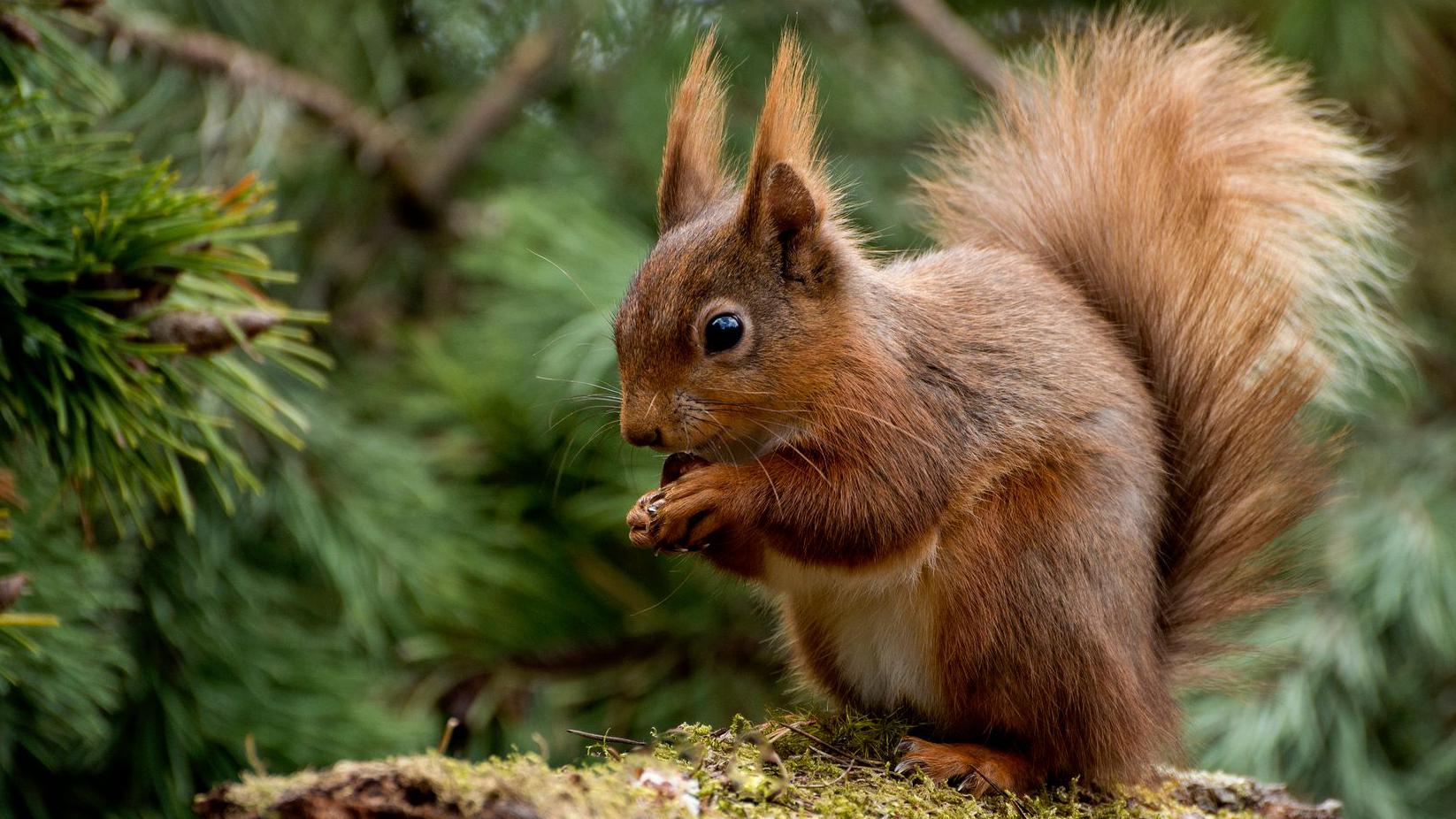Leprosy, an ancient and devastating disease, has plagued humanity for thousands of years. Recent research suggests that in medieval England, red squirrels may have played a surprising role in its transmission.
Life in medieval England was harsh, with diseases like dysentery, malaria, and leprosy taking a heavy toll on the population. Leprosy, caused by the bacterium Mycobacterium leprae, was particularly feared due to the lack of a cure. Sufferers were often isolated in care facilities, enduring both physical symptoms and social stigma.
However, a study conducted by scientists in Switzerland has shed new light on the potential origins of leprosy in medieval England. Focusing on Winchester, a city in southern England, researchers analyzed human and squirrel remains from archaeological sites. Their genetic analysis revealed striking similarities between the strains of leprosy bacteria found in humans and those in squirrels. This suggests that the disease could have been transmitted between the two species during medieval times.
While humans wouldn’t have been cuddling squirrels, there were likely points of contact, such as through the fur trade or keeping squirrels as pets in royal courts. These interactions may have facilitated the transmission of leprosy from squirrels to humans, or vice versa.
Understanding how leprosy was transmitted between animals and humans in the past is crucial for tackling the disease today. Leprosy still affects thousands of people worldwide each year, and efforts to combat it must take into account its complex history and transmission patterns.
By adopting a One Health approach, which considers the interconnectedness of human, animal, and environmental health, researchers hope to shed light on historical disease transmission events and better understand the long-term implications for public health. Despite being curable since the 20th century, leprosy continues to carry a stigma, making efforts to combat it essential.
Meanwhile, red squirrels face their own challenges, including the threat of the squirrel parapoxvirus, which has decimated populations in the UK and Europe. Conservation efforts are underway to protect these iconic creatures, highlighting the complex interplay between human and animal health throughout history and today.















































